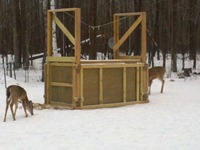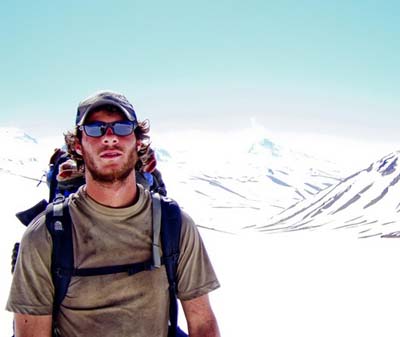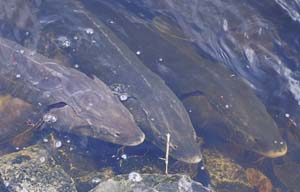 Colorado Parks and Wildlife is looking for Bear Aware volunteers in Glenwood Springs and will train them tomorrow (April 20).
Colorado Parks and Wildlife is looking for Bear Aware volunteers in Glenwood Springs and will train them tomorrow (April 20).
According to Colorado Parks and Wildlife’s website:
Bear Aware is a network of trained Colorado Parks and Wildlife volunteers throughout the state who help their neighbors and communities prevent problems for themselves and for bears. Our Bear Aware program was founded in 1998. Today there are over 220 volunteers, statewide, dedicated to helping people coexist with bears. Bear Aware volunteers can answer questions, offer practical advice and even make house calls. They also do educational programs and staff informational booths at events.
Wildlife managers in the Roaring Fork Valley expect significant bear activity in the region again this year.
“Simple things like keeping trash and food away from bears can help,” said said District Wildlife Manger Dan Cacho, of Glenwood Springs in a press release. “But people often need to be reminded and Bear Aware teams have been effective in spreading education in other communities across Colorado.”
Read the Colorado Parks and Wildlife press release here.
Find out more about the Colorado Bear Aware program here.
Read an article about the call for volunteers in the Aspen Business Journal, here.
Image: Colorado Parks and Wildlife Bear Aware program sticker



